

- RFQ
- BOM
-
Contact Us
Tel: +86-0755-83501315
Email: sales@sic-components.com
- Chinese
- English
- French
- German
- Portuguese
- Spanish
- Russian
- Japanese
- Korean
- Arabic
- Irish
- Greek
- Turkish
- Italian
- Danish
- Romanian
- Indonesian
- Czech
- Afrikaans
- Swedish
- Polish
- Basque
- Catalan
- Esperanto
- Hindi
- Lao
- Albanian
- Amharic
- Armenian
- Azerbaijani
- Belarusian
- Bengali
- Bosnian
- Bulgarian
- Cebuano
- Chichewa
- Corsican
- Croatian
- Dutch
- Estonian
- Filipino
- Finnish
- Frisian
- Galician
- Georgian
- Gujarati
- Haitian
- Hausa
- Hawaiian
- Hebrew
- Hmong
- Hungarian
- Icelandic
- Igbo
- Javanese
- Kannada
- Kazakh
- Khmer
- Kurdish
- Kyrgyz
- Latin
- Latvian
- Lithuanian
- Luxembou..
- Macedonian
- Malagasy
- Malay
- Malayalam
- Maltese
- Maori
- Marathi
- Mongolian
- Burmese
- Nepali
- Norwegian
- Pashto
- Persian
- Punjabi
- Serbian
- Sesotho
- Sinhala
- Slovak
- Slovenian
- Somali
- Samoan
- Scots Gaelic
- Shona
- Sindhi
- Sundanese
- Swahili
- Tajik
- Tamil
- Telugu
- Thai
- Ukrainian
- Urdu
- Uzbek
- Vietnamese
- Welsh
- Xhosa
- Yiddish
- Yoruba
- Zulu
- Kinyarwanda
- Tatar
- Oriya
- Turkmen
- Uyghur
What is an accelerometer sensor? : A Comprehensive Guide
1. What is an Accelerometer Sensor? https://www.sic-components.com/accelerometers
An accelerometer sensor is a device designed to measure acceleration, including both static and dynamic forces. Static acceleration refers to constant forces like gravity, while dynamic acceleration involves variable forces from motion, vibration, or shock. Accelerometers convert these forces into measurable electrical signals, enabling applications across industries and consumer electronics.
2. Developments of Accelerometer Sensors https://www.sic-components.com/accelerometers
Early Beginnings
The concept of accelerometry emerged in the 20th century, with early applications in aerospace and military technology (e.g., missile guidance systems).
Piezoelectric accelerometers (using crystals to generate electrical charges from mechanical stress) were among the first widely used designs, dating back to the 1950s.
Miniaturization and MEMS Technology
The 1990s saw a breakthrough with Micro-Electro-Mechanical Systems (MEMS), allowing accelerometers to shrink to tiny scales. MEMS accelerometers use microfabricated structures (e.g., cantilevers, masses) to detect motion, enabling integration into smartphones, wearables, and automotive systems.
Modern Innovations
Today, accelerometers are highly integrated, low-power, and cost-effective. Advanced materials (e.g., silicon, nanomaterials) and wireless connectivity (Bluetooth, IoT) have expanded their use in smart devices, industrial monitoring, and healthcare.
3. How Does an Accelerometer Sensor Work? https://www.sic-components.com/accelerometers
Accelerometers operate on electromechanical principles, converting mechanical motion into electrical signals:
Sensing Element: A mass (seismic mass) is suspended by springs or beams. Acceleration causes the mass to move relative to a fixed frame.
Transduction: The movement is detected via:
Piezoelectric Effect: Crystals (e.g., quartz) generate an electric charge proportional to applied force (used in high-frequency vibration sensing).
Piezoresistive Effect: Resistance changes in a material due to mechanical stress (common in MEMS devices).
Capacitive Sensing: A moving plate alters capacitance between electrodes (used in low-frequency applications like smartphones).
Signal Conditioning: The electrical signal is amplified, filtered, and converted to digital data for processing.
4. Classification of Accelerometer Sensors https://www.sic-components.com/accelerometers
By Working Principle
Piezoelectric Accelerometers: Ideal for high-frequency vibration and shock measurement (e.g., industrial machinery, aerospace).
Piezoresistive Accelerometers: Suit high-amplitude, low-frequency applications (e.g., vehicle crash testing).
Capacitive Accelerometers: Widely used in MEMS devices for motion sensing (e.g., smartphones, drones).
MEMS Accelerometers: Miniature, low-power, and cost-effective, dominating consumer electronics.
By Axes of Measurement
Single-Axis: Measures acceleration along one direction (e.g., vertical gravity).
Triaxial (3-Axis): Measures acceleration in three orthogonal axes (X, Y, Z), enabling full motion tracking (e.g., gaming controllers, robotics).
5. Functions of Accelerometer Sensors https://www.sic-components.com/accelerometers
Motion Detection: Identify orientation, tilt, or free fall (e.g., screen rotation in smartphones).
Vibration Monitoring: Detect abnormal vibrations in machinery to prevent failures (predictive maintenance).
Shock Sensing: Trigger airbags in vehicles or emergency protocols in industrial systems.
Gesture Recognition: Interpret user movements in wearables or gaming devices.
Gravity Sensing: Determine altitude or incline in navigation systems.
6. Applications of Accelerometer Sensors https://www.sic-components.com/accelerometers
Consumer Electronics
Smartphones, tablets, and fitness trackers: Screen rotation, step counting, and fall detection.
Gaming: Motion-controlled gameplay (e.g., Nintendo Switch).
Automotive
Airbag deployment, anti-lock braking systems (ABS), and vehicle stability control.
Electric vehicles (EVs): Battery health monitoring and crash detection.
Industrial
Predictive maintenance for rotating machinery (e.g., turbines, motors).
Structural health monitoring in buildings and bridges.
Robotics: Motion control and obstacle avoidance.
Aerospace and Defense
Missile guidance, aircraft navigation, and parachute deployment systems.
Satellite vibration analysis during launch and orbit.
Healthcare
Wearable devices for monitoring patient movement (e.g., Parkinson’s disease tremor tracking).
Implantable sensors for physiological motion analysis.
7. Choosing the Right Accelerometer Sensor https://www.sic-components.com/accelerometers
Key Considerations
Measurement Range: Low (±2g for smartphones) vs. high (±500g for industrial shocks).
Frequency Response: High-frequency (piezoelectric) for vibration vs. low-frequency (capacitive) for motion.
Environmental Factors: Temperature range, humidity, corrosion resistance, and electromagnetic interference (EMI).
Size and Mounting: Adhesive, stud, or screw mounting; compactness for portable devices.
Cost and Power: MEMS sensors are cheaper and low-power, while industrial-grade models are durable but costly.
Types by Use Case
Premium Grade: Hermetically sealed, low-noise for harsh environments (e.g., ACC793 for industrial plants).
Industrial Grade: Rugged and versatile (e.g., ACC101 for general machinery).
High Vibration: Low-mass, high-sensitivity models (e.g., ACC103 for shaker tables).
8. Accelerometer Installation and Mounting https://www.sic-components.com/accelerometers
Best Practices
Orientation: Align the sensor’s sensitive axis with the direction of measurement (e.g., vertical for gravity).
Mounting Surface: Ensure a clean, flat surface; use adhesives, screws, or magnetic mounts for stability.
Mechanical Isolation: Use rubber pads or shock absorbers to minimize external vibrations.
Electrical Grounding: Connect to a reliable ground to reduce noise interference.
Cable Management: Route cables away from EMI sources and secure them to prevent strain.
Calibration: Regularly verify accuracy against known standards (e.g., using a shaker table).
9. Future of Accelerometer Sensors https://www.sic-components.com/accelerometers
Higher Integration: Combination with gyroscopes and magnetometers into inertial measurement units (IMUs) for advanced motion tracking.
AI and Machine Learning: Embedded analytics to predict failures or interpret complex motions in real time.
Nanotechnology: Smaller, more sensitive sensors using nanomaterials (e.g., graphene) for improved precision.
Wireless and IoT: Battery-free, self-powered sensors (e.g., energy harvesting from vibrations) for IoT networks.
Biomedical Applications: Miniaturized sensors for in-vivo monitoring (e.g., heart motion analysis).
10. Key Differences: Accelerometer vs. Vibration Sensor https://www.sic-components.com/accelerometers
Feature Accelerometer Vibration Sensor
Measures Acceleration (m/s²), including vibration Specific vibration parameters (frequency, amplitude)
Principle Mass displacement and force conversion Direct vibration detection (e.g., piezoelectric)
Applications Motion, tilt, shock, and vibration Machinery health monitoring, structural analysis
11. Key Differences: Accelerometer vs. Proximity Sensor
Feature Accelerometer Proximity Sensor
Purpose Measure acceleration/motion Detect nearby objects without contact
Technology Electromechanical (mass-based) Infrared, ultrasonic, or capacitive
Examples Smartphone orientation, drone stability Mobile phone screen off during calls, object detection
12. Accelerometer Sensors Distributor – Trust SIC Company for Precision and Performance
As a leading global distributor, SIC Company specializes in delivering cutting-edge accelerometer sensors that empower industries with accurate motion and vibration measurement. Our extensive portfolio covers piezoelectric, MEMS, and triaxial accelerometers, sourced from top manufacturers to ensure reliability across diverse applications. Whether you need high-frequency vibration monitoring for industrial machinery or compact MEMS sensors for consumer electronics, we offer tailored solutions to meet your specific requirements.
Why Choose SIC?
Unmatched Product Range: From premium-grade, hermetically sealed sensors for harsh environments to low-power MEMS models for wearables, our selection guarantees optimal performance.
Technical Expertise:
Global Reliability: With rapid delivery and robust logistics, we ensure timely access to critical components, minimizing downtime for your operations.
Industry-Leading Quality: All sensors undergo rigorous testing for durability, precision, and environmental resistance, meeting international standards for safety and performance.
Applications We Serve: Our team of engineers provides end-to-end support, from sensor model selection to installation guidance, ensuring seamless integration and accurate data acquisition.
Industrial automation, automotive safety, aerospace, and healthcare.
Smart devices, robotics, and predictive maintenance systems.
Partner with SIC Company to unlock the full potential of accelerometer technology. Contact us today to explore our products and leverage our expertise for your next project. Experience the SIC difference – where innovation meets reliability.
13. Accelerometer Sensors: Frequently Asked Questions (FAQs) https://www.sic-components.com/accelerometers
Q: Can an accelerometer measure gravity?
A: Yes; static acceleration (e.g., gravity) is a key function, often used to determine orientation.
Q: Are accelerometers used in self-driving cars?
A: Yes, for motion tracking, collision detection, and vehicle stability control.
Q: How accurate are MEMS accelerometers?
A: Accuracy varies by model, but high-end MEMS sensors can achieve sub-mg resolution for low-frequency applications.
Q: Can accelerometers work in extreme temperatures?
A: Industrial-grade models are designed for harsh environments (-40°C to 125°C or higher).
https://www.sic-components.com/accelerometers

Hot Products
View MoreRelated Blogs

2000+
Daily average RFQ Volume

30,000,000
Standard Product Unit

2800+
Worldwide Manufacturers

15,000 m2
In-stock Warehouse




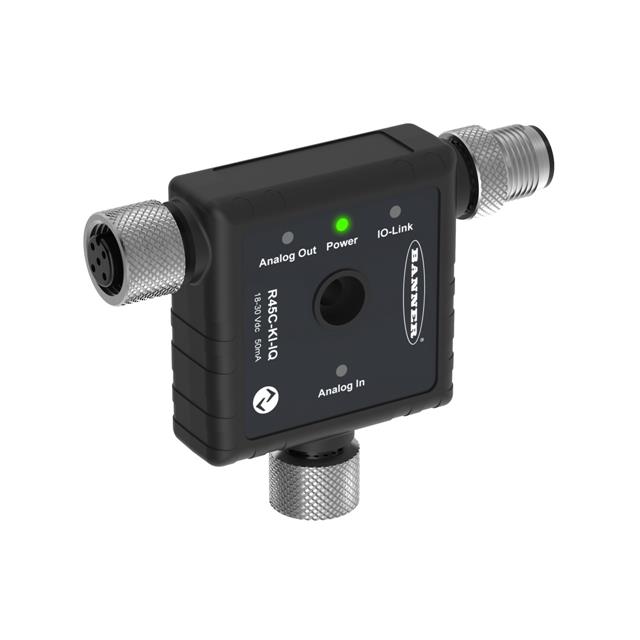

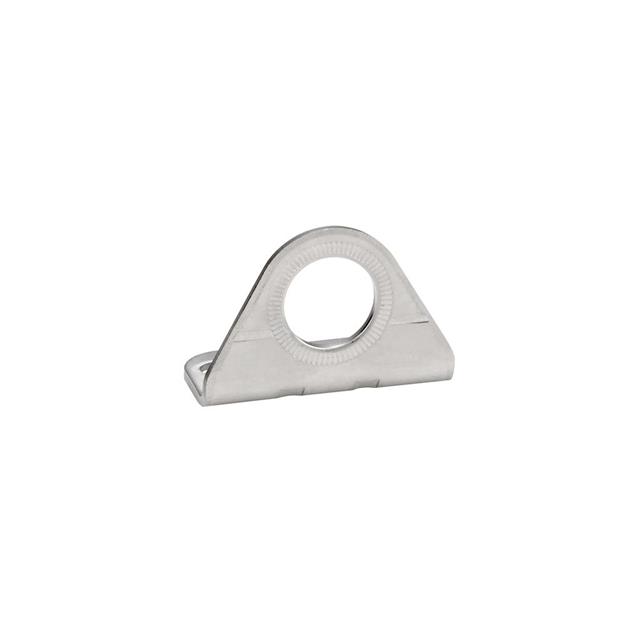

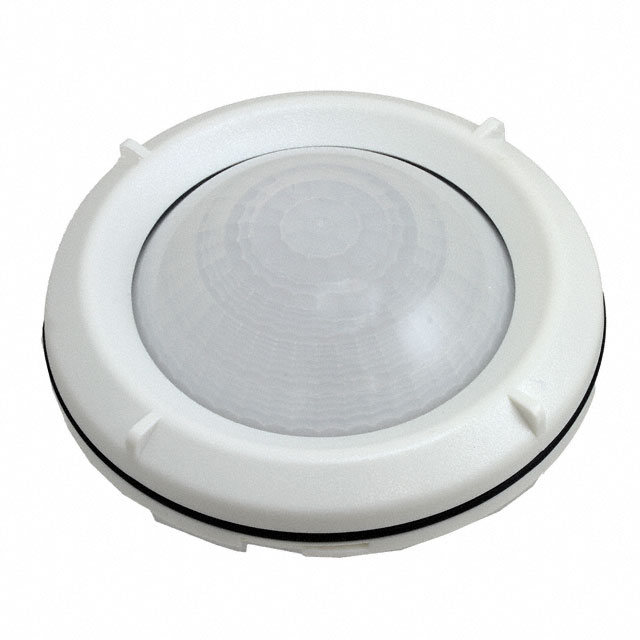

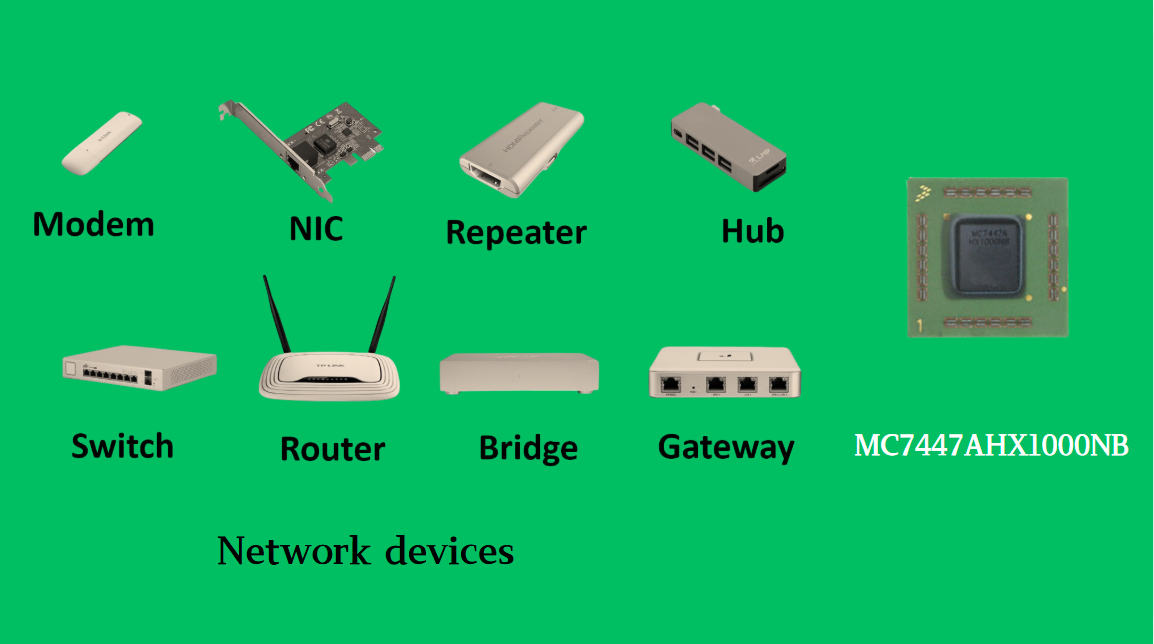
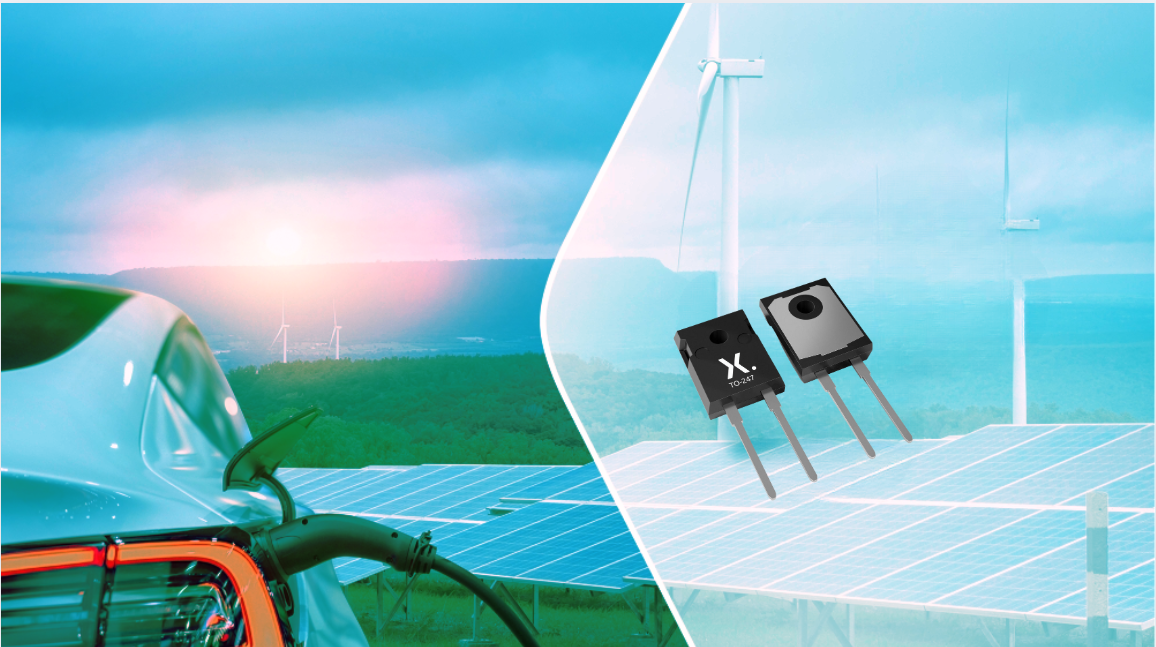







 Wishlist (0 Items)
Wishlist (0 Items)